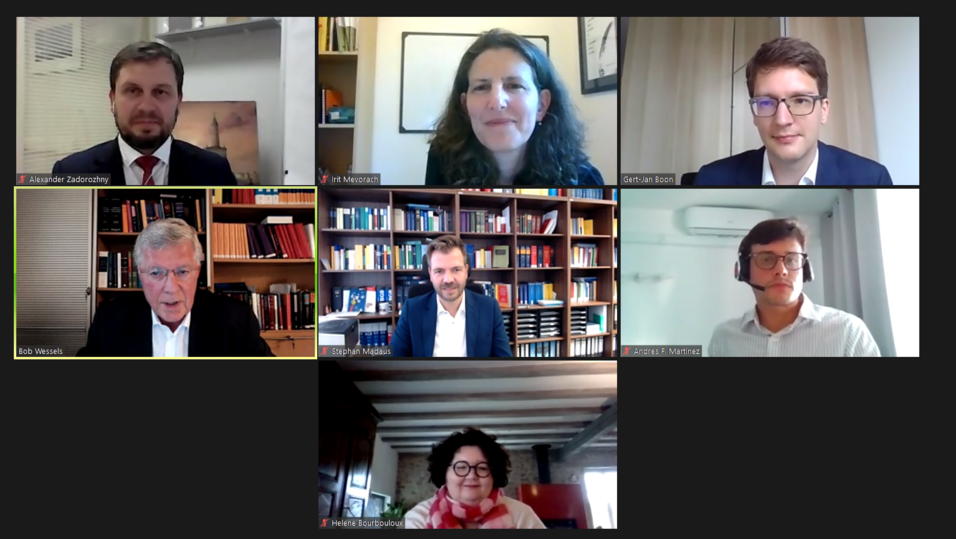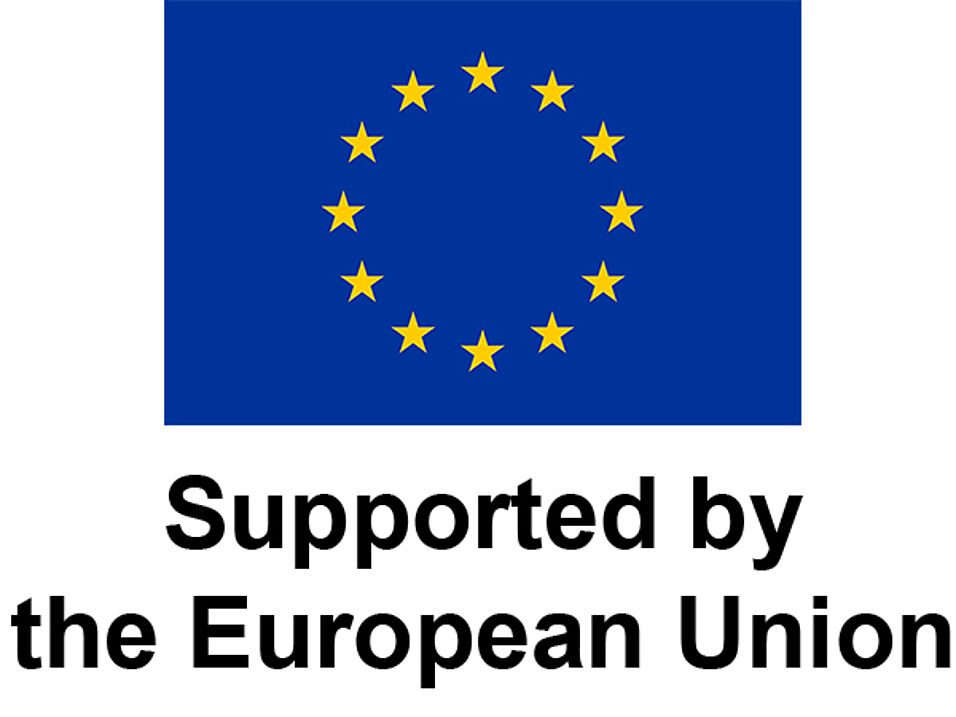Against the background of reform initiatives in insolvency law in Europe, the output of the ELI project on Rescue of Business in Insolvency Law, which was adopted by the ELI Bodies in 2017, aimed to develop a legal enabling framework in a situation of business distress. Among many other things, it proposed the so-called ‘absolute priority rule’ versus ‘relative priority rule’ inspiring the new legislative tools in the United Kingdom (UK) to improve rescue opportunities for financially distressed companies.
Bob Wessels (Chair, Emeritus Professor of Law, Reporter of the ELI project) opened the webinar and briefly presented the output of the ELI Rescue of Business in Insolvency Law project, which he led together with Stephan Madaus (Professor, Martin Luther University Halle-Wittenberg) and with the assistance of Gert-Jan Boon (Researcher and Lecturer at the Department of Corporate Law, Leiden Law School). The report includes 115 recommendations with regard to 10 themes and served as an inspiration not only to EU legislators, but also to national ones, steering the debate in the academic literature while being translated into different languages. Two particular topics have been chosen as a basis for the discussion of this webinar, namely the role and function of the debtor-in-possession (DIP) and medium and small enterprise.
Gert-Jan Boon introduced the webinar’s first topic and provided a definition of the debtor-in-possession, which is described in detail in the part of the ELI report dealing with the role of actors in insolvency proceedings. DIP represents a novelty in certain jurisdictions, and in other European countries its application varies widely. Furthermore, it entails specific intrinsic contradictions with regard to potential trust issues towards the debtor continuing in the company’s position and initiating the insolvency procedure at the same time. In this respect, the ELI report recommends clear duties and liabilities of the debtor to take adequate measures to prevent the financial distress, enhancing the trust between involved parties.
Helene Bourbouloux (Judicial Administrator, fhb) presented the DIP principle from the perspective of the French rules. In France, as in most EU Member States, a distinction is made between reorganisation proceedings as amicable, pre-insolvency, safeguard or rescue proceedings on the one hand, and the liquidation proceedings, on the other hand. In a nutshell, the loss of control of the debtor over their business is directly proportional to the level of difficulties and coercion of the procedure. The EU Directive 2019/1023 on the Preventive Restructuring defines that total or partial control of the assets and day-to-day operation of the business by the debtor should be ensured when accessing preventive restructuring procedures as well as regulating the appointment of a practitioner in the field of restructuring to assist the debtors and creditors in negotiating and drafting the plan. In France, both of these crucial measures have already been in place before the adoption of this Directive.
Alexander Zadorozhny (Partner, Synum Attorneys at Law) continued with presenting the Russian legislation on DIP. Among the most common insolvency procedures in Russia is a so-called ‘observation’ that enables the debtor to remain in full possession. Only in exceptional cases related to, for instance, violations of obligations to provide information or permission of bad transactions, the management can be removed and interim insolvency practitioner appointed, with a consequence of possible restrictions towards the debtor such as suspension of payments, moratorium, and enforcement proceedings. However, the essential feature of the restructuring procedure is missing as the debtors and creditors are not deprived of the right to negotiate and conclude an amicable agreement and instruments of real restructuring are missing. He went on to explain the crucial role of the management in the procedure referring to the reasoning of the American Bankruptcy Institute analysed in the output of the ELI project. After discussing the difficulties in restructuring relations, he emphasised two possible solutions: having DIP as an autonomous party of restructuring relations and introducing special means to control their activity (eg by a court).
Stephan Madaus presented the second topic on how to deal with insolvency of small businesses. The traditional approach of insolvency law towards proceedings is through the prism of the standardised medium-size firm. However, when looking at the range of companies involved in insolvency proceedings, it varies widely from sole entrepreneurs to multinational corporate groups, with small companies being the most represented. The focus of insolvency procedures is gradually shifting towards micro, and small-sized businesses in their insolvencies, primarily through academic research and initiatives from standard-setting organisations such as the World Bank or the UNCITRAL Working Group V, to name but a few. The legislative reforms are yet to follow in many countries.
Irit Mevorach (Professor of International Commercial Law and Co-Director of the University of Nottingham Commercial Law Centre, Faculty of Social Sciences) emphasised that policymakers on all levels need to create regimes tailored for small entities rather than adjusting the existing insolvency procedures focused on larger entities. She presented the idea of a modular – country and case specific – approach, which is being developed by the UNCITRAL Working Group V in the forthcoming Guide on simplified regimes for the micro and small entities, and aims to simplify the insolvency regimes for small entities. In particular, five main features can be highlighted: first, comprehensiveness in terms of applicability to all small entities as well as in terms of covering different procedures such as restructuring, liquidation, and reorganisation; second, encouragement and facilitation of actors to easily access the procedure at an early stage while recommending tools to prevent abuse of the system; third, the concept of DIP as the default rule; fourth, ensuring meaningful participation of creditors; and fifth, the question of the supervisory body depending on the system and availability of authorities.
Andres F Martinez (Senior Financial Sector Specialist with the World Bank Group’s Finance, Competitiveness and Innovation Global Practice) outlined the World Bank’s approach on the treatment of micro, small, and medium enterprises in insolvency. From the perspective of the World Bank, small businesses play a critical role in poverty reduction, financial inclusion and many other aspects necessary for societal cohesion across the globe. When looking at the insolvency procedures across the continents, among the main challenges small and micro-businesses face in insolvency are matters such as the lack of incentives to access insolvency proceedings, the passivity of the creditors, limited information, problems accessing finance during insolvencies, insufficient assets to fund insolvency processes. The main principles relating to insolvency procedures for small businesses that the World Bank stresses in its 2021 report are convenience, low costs, easy access to the procedures, minimisation of formalities, management of businesses by debtors and discharge of good faith, to name but a few, while stressing the necessity to consider different settings of various countries and easily implementable rules.
During the Q&A session, participants discussed different standards of duties and liabilities of debtor in possession vs court appointed practitioner in preventive and insolvency proceedings within the different national contexts as well as the measures to creditor’s acceptance of plan foreseeing DIP.
The recording of the webinar is available below.


